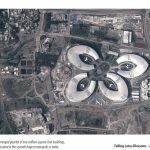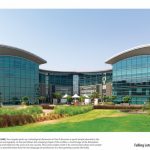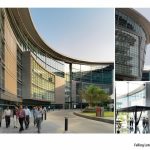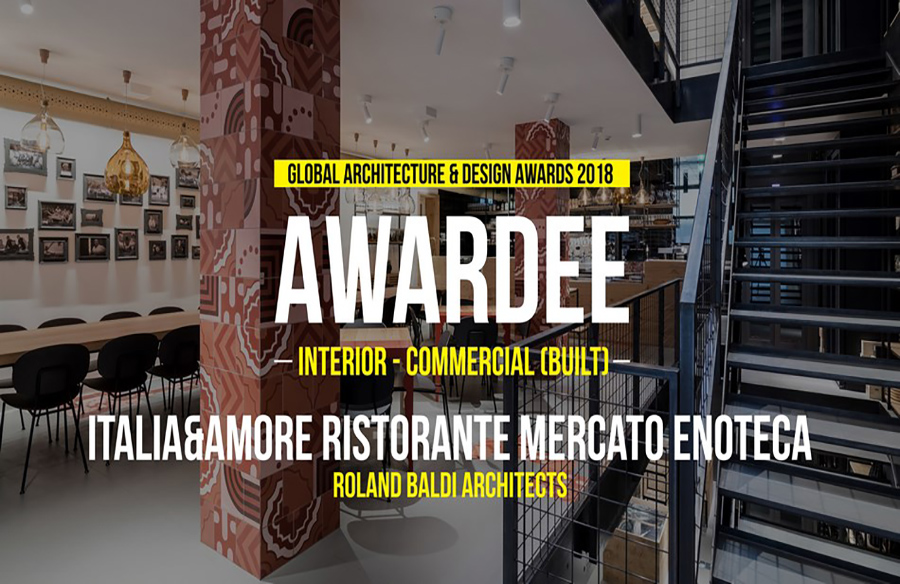Located in the seventh largest metropolis in India, Falling Lotus Blossoms: EON IT Park is an elegantly arranged quartet of one-million-square-foot buildings that occupy a site located in the EON Free Zone, a Special Economic Zone (SEZ) established by the government to encourage development. This 21st-century workplace, which sets a grand scale in counterpoint to the rugged Indian countryside, overlooks a river and the fields beyond on a flat site that was previously almost entirely untouched. Inspired by nature—India’s national flower, the white lotus—the design began as different iterations of the shape of the lotus flower petal.
Honorable Metion | RTFA 2014 Awards
Category: Commercial Built
| Project Details | |
| Participant Name: | John Marx |
| Country: | United States |
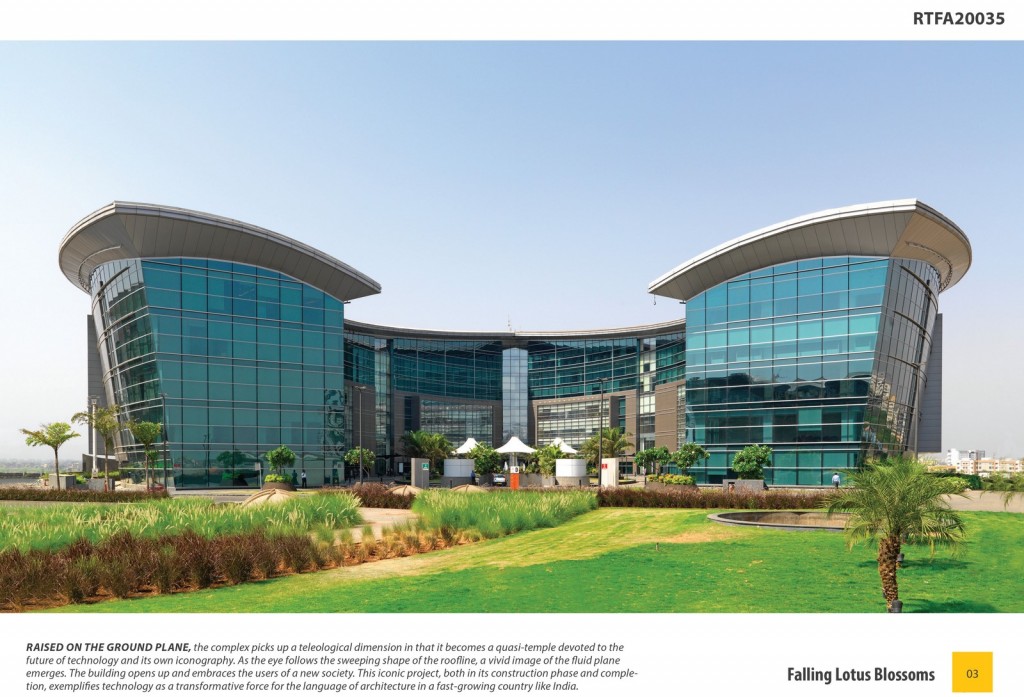
©Form4 Architecture
Ultimately, four “petals” were arranged like a four-leaf clover in plan with an open space at its center. In part a response to the extreme heat and humidity and the goal of populating the outdoor spaces for more than just a few months of the year, the buildings themselves contain semi-conditioned, shaded atrium spaces that serve as meeting or gathering spaces for the buildings’ occupants. At dusk, each courtyard morphs into a giant kaleidoscope by the delineation of building elements with neon lighting.
Raised on the ground plane, the complex picks up a teleological dimension in that it becomes a quasi-temple devoted to the future of technology and its own iconography. As the eye follows the sweeping shape of the roofline, a vivid image of the fluid plane emerges. The building opens up and embraces the users of a new society. This iconic project, both in its construction phase and completion, exemplifies technology as a transformative force for the language of architecture in a fast-growing country like India.
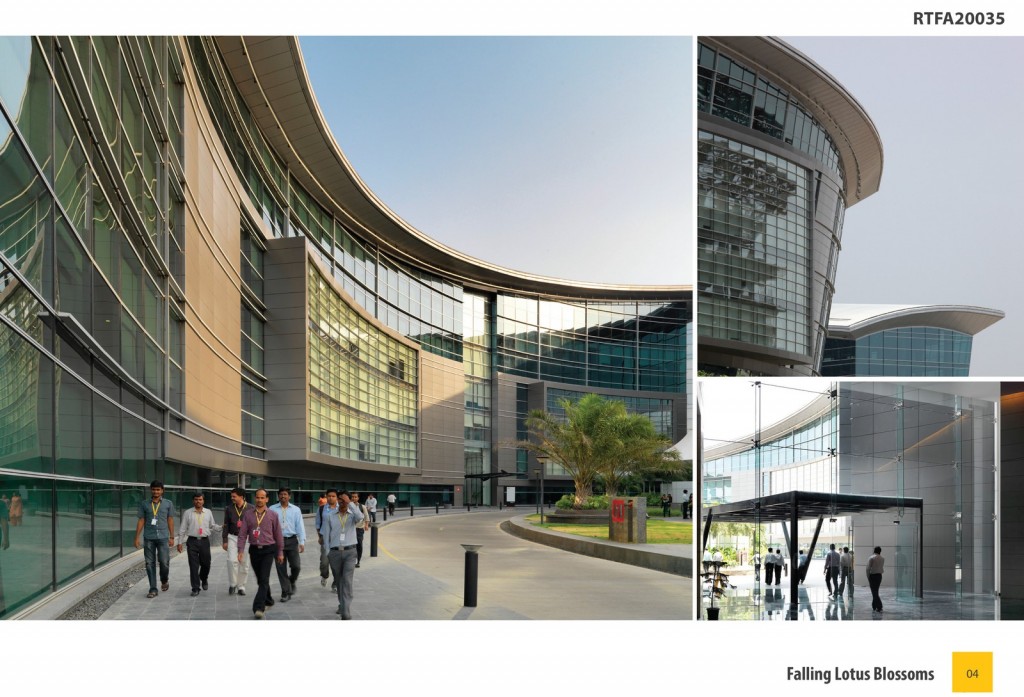
©Form4 Architecture
Technology is changing architectural reality in India, and what architects can do in terms of mechanical systems. Upon meeting Indian people in their own territory, they prove to be like people everywhere else: they want a better life for themselves. More often than not this equates to technological advancements in all sectors, such as a reliable electrical grid, access to clean water, and the like. They also want iPhones, color TVs, and computers. It is through technology that architecture, for better or for worse, will acquire new identities as humankind ploughs through the never-ending project of life improvement.
- ©Form4 Architecture
- ©Form4 Architecture
